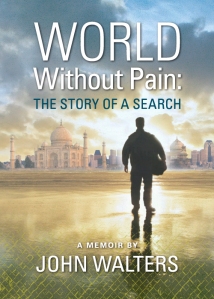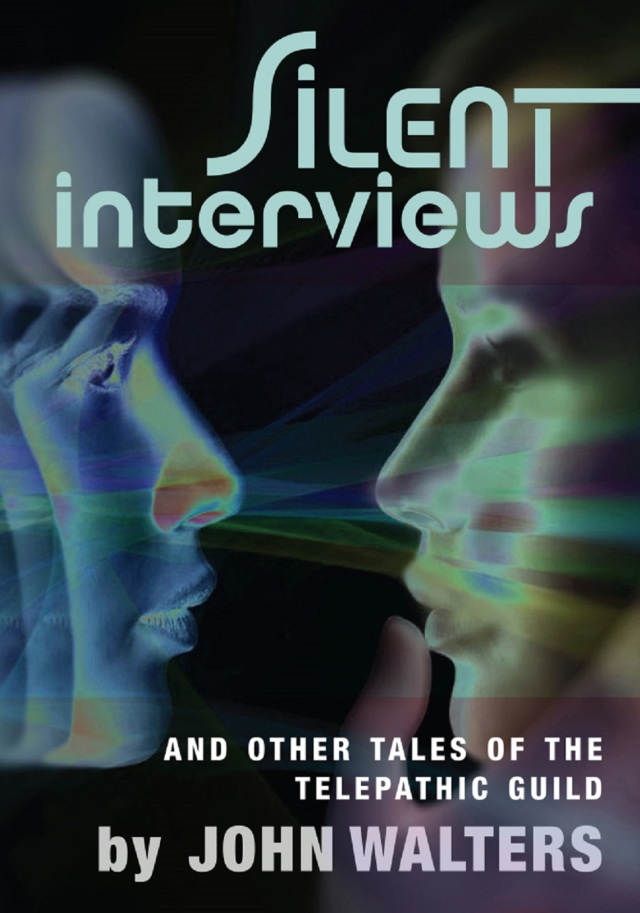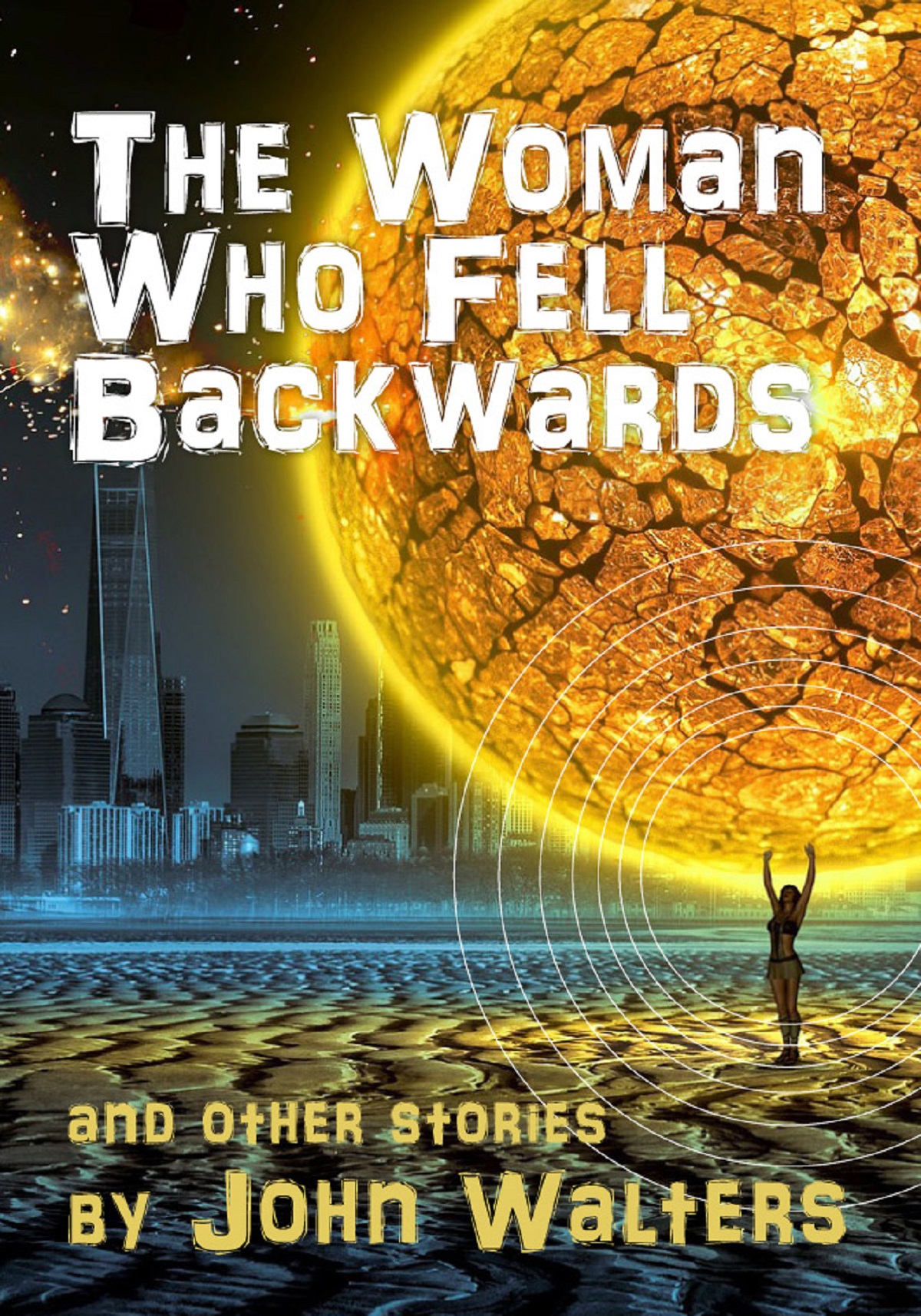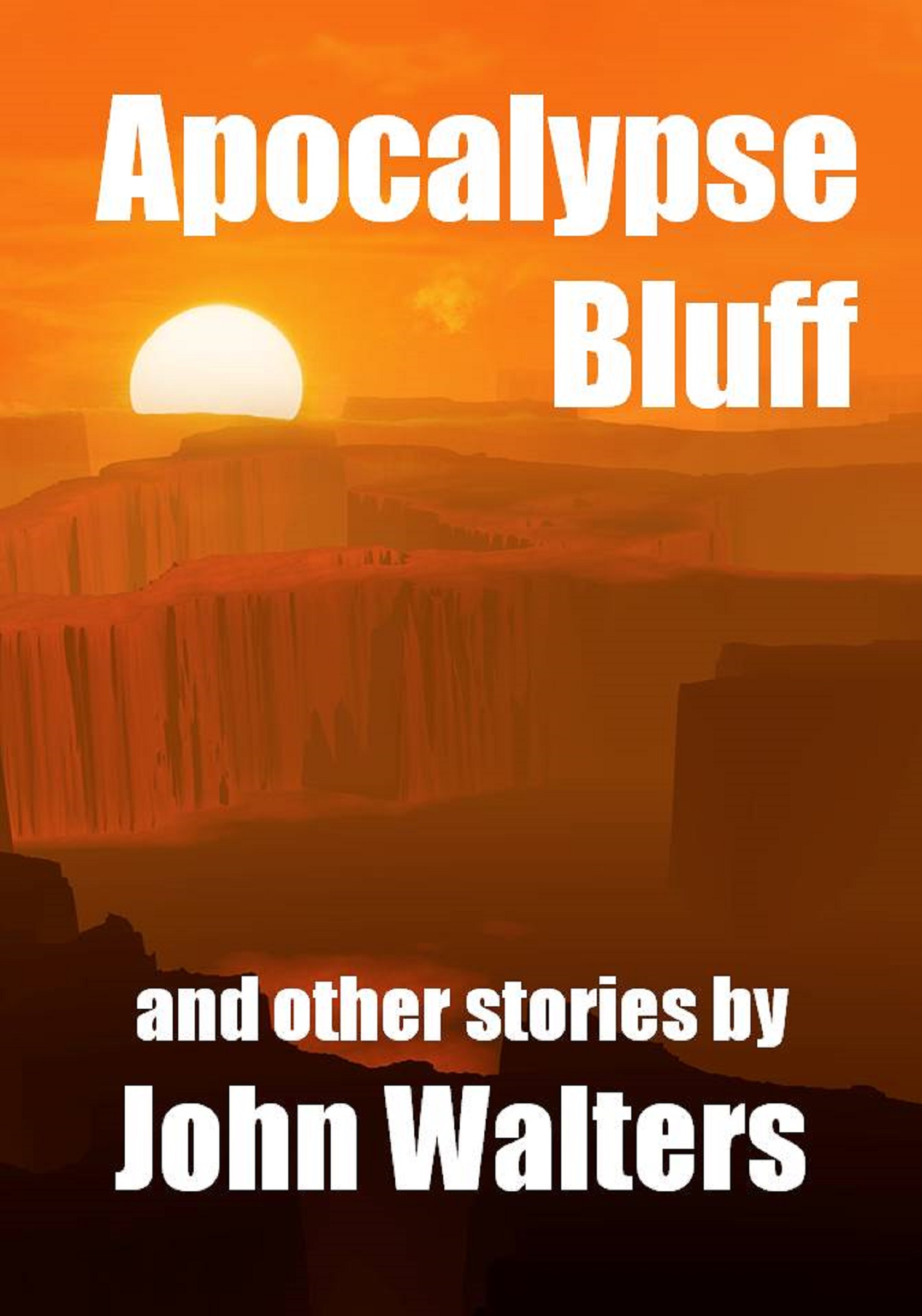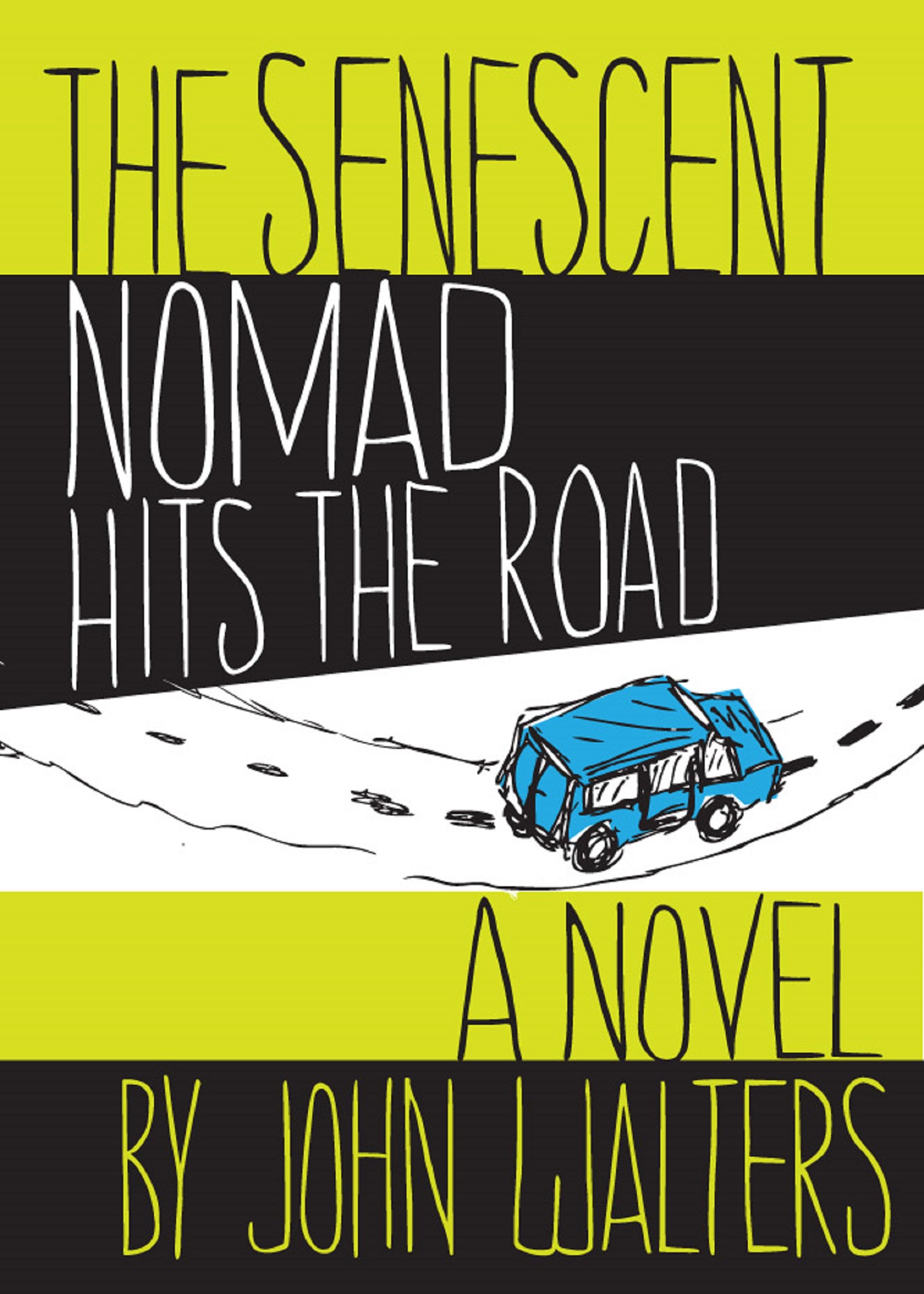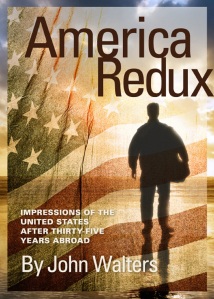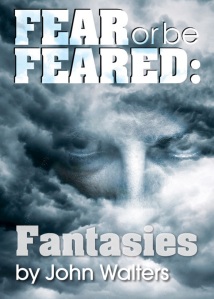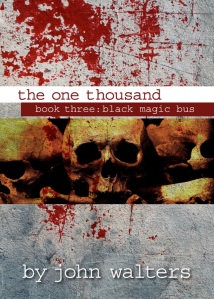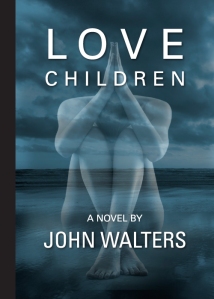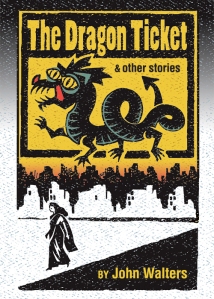I came into the sixties indirectly – that is, in the backwash of the early seventies. Gone were the Diggers, the SDS, Woodstock, the Summer of Love, the whole Flower Power scene, and other manifestations that made the era so unique. When I moved to the Bay Area to attend university in 1970, a hopelessly naive and clueless seventeen-year-old, what I got full force were the drugs, the rock music, the cynicism, the growing violence of spirit, and the confusion that followed the dissolution of a short-lived dream. I took psychedelics, smoked grass and hashish, and listened to the Grateful Dead, Santana, and whatever else the people around me were playing at the time, including Black Sabbath, which always sent me into a negative funk and spiral of despair. I kept searching for a ray of hope in all the vague kaleidoscopic mélange of impressions, but found that whatever glimpses I received of stability, strength, and growth were mirages.
Still, the youth counterculture of the sixties and early seventies impressed me profoundly and became my formative influence as I returned to my hometown and eventually hit the road to find my voice as a writer. Since then, the era has fascinated me, and I have sought out history books and memoirs on the hippy phenomenon, the Vietnam War, the civil rights movement, the politics of the time, and so on, that can help me make sense of what happened. I even wrote two mainstream novels that take place back then: The Misadventures of Mama Kitchen, set in a wilderness commune, Haight/Ashbury, and the Woodstock music festival in the late sixties; and Sunflower, which begins at the Altamont music festival during which a fan was murdered and then goes into the disillusionment of the cultural landscape in the early seventies.
All that to explain my interest in this book. At the end, the author reveals that the title is based on a quote from the essay “Walking” by Henry David Thoreau. It says: “Perchance, when, in the course of ages, American liberty has become a fiction of the past – as it is to some extent a fiction of the present – the poets of the world will be inspired by American mythology.” The author’s conclusion, basically, is that the various forms of rebellion put forth by white radicals from middle class backgrounds in the sixties failed. This is not intended to be a comprehensive history of the sixties – something I still haven’t found that would have to be much longer than this rather slim volume. Instead, it focuses on that one demographic: white people, mainly men, from fairly affluent families; and on three groups: the Diggers, who appeared as a form of countercultural street entertainment in San Francisco in the mid-sixties, rock groups from the Bay Area such as the Grateful Dead and the Jefferson Airplane; and the Students for a Democratic Society, or SDS.
The first third of the book does not touch on the sixties at all; rather, the author describes child-rearing behavior in the fifties to attempt to explain why the sixties rebels behaved as they did. He posits that many middle class parents inculcated their offspring with a sense of independence that was further reinforced by the predominance of westerns in the popular media. The idea is that the pioneering spirit that spurred the move west in the United States crashed on the shores of the Pacific where there were no more worlds to conquer, and these young people, brought up to be individualists and free thinkers, translated that spirit into the sixties counterculture. Each of the three groups the author describes attempted to embody this spirit in its own way. The Diggers, which began as a Bay Area mime troupe, took their act to the streets, where they performed dramas intended to bring about changes in the minds of their audience. The popular musicians of the era expressed their rebellion in the deals they made with record companies, eventually achieving an unprecedented degree of autonomy that allowed them to pursue their own artistic visions. The members of SDS argued for a better sense of community and more involvement in local politics, but their movement fell apart for lack of a strong central vision to guide it.
This is an interesting book, but disjointed and far from complete. It’s difficult, perhaps impossible, to take a slice of history out of context and attempt to explain it on its own terms. This is especially true of the sixties, during which such shattering events as the civil rights movement and the war in Vietnam were of such overwhelming importance. No, this is not the sixties book I am looking for. I would like to see something comprehensive that at least attempts to tie all the pieces together. Perhaps such a book already exists, but if so, I haven’t found it. Maybe the subject is too big to be encapsulated in one volume. A Fiction of the Past also has the problem of being unbalanced. Far too much space is given to the childrearing methods of the fifties and the abortive SDS movement, and not enough on the ongoing effects of the hippie counterculture and rock music.
One point, though, that I found particularly interesting: The author explains the importance of rock musicians insisting on breaking with the convention of the big recording companies calling the shots and receiving unheard-of autonomy in the recording of their music. This reminds me of the self-publishing trend in modern literature today. It has given many literary artists the opportunity to pursue their individual visions without being thwarted or limited by overpowering publishing companies.


